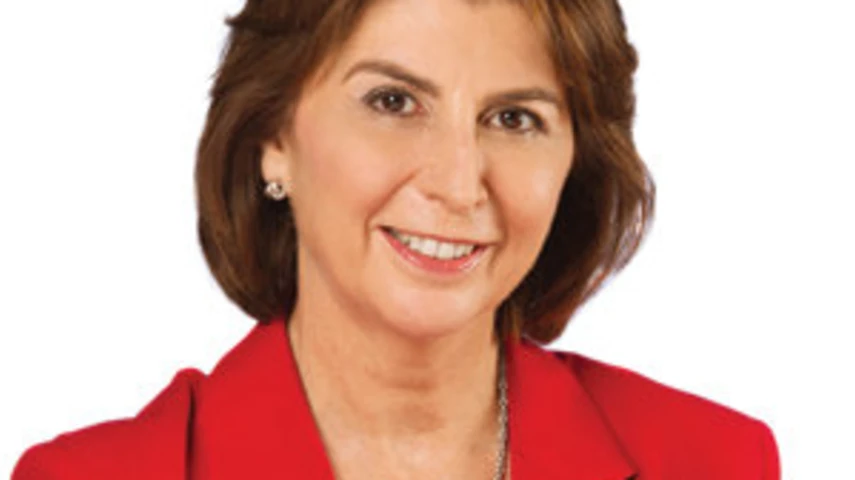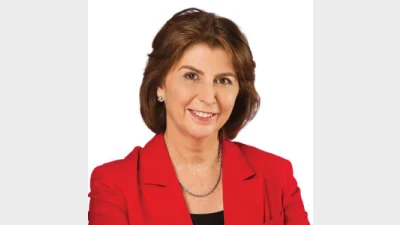Super vigilance urged on ASIC user-pays



Superannuation funds cannot afford to ignore moves towards a "user-pays" model for the Australian Securities and Investments Commission (ASIC) in circumstances where most funds are now involved in the delivery of financial advice, according to Association of Superannuation Funds of Australia (ASFA) chief executive, Pauline Vamos.
Speaking to Super Review as part of its 2016 superannuation policy outlook feature, Vamos said that virtually all funds stood to be impacted by the user-pays model being canvassed for ASIC, particularly if the model utilised a formula based on Funds under Management (FUM).
Superannuation funds are largely supervised by the Australian Prudential Regulation Authority (APRA) and contribute to the funding of both ASIC and the Australian Taxation Office via the financial services supervisory level, also known as the "APRA levy".
ASIC chairman, Greg Medcraft has pressed for a user-pays model for the regulator over much of the past two years and the Government signalled an examination of the model in last year's Federal Budget.
However, he said the superannuation industry would need to be alert to the manner in which such a regime was established because of the multi-faceted nature of their operations across superannuation, investment management and planning.
"There is scope for double-dipping, particularly if such as system is based on FUM," Vamos said.
Recommended for you
Former ASIC and APRA leaders launch a conflict-free model to meet rising prudential expectations.
ASFA has launched a central online hub to help super funds, employers and service providers prepare for Payday Super reforms.
The Super Members Council is calling on the government and regulators to impose additional safeguards to prevent superannuation switching harm and has put forward multiple suggestions for improvements.
The Assistant Treasurer has reaffirmed the government’s commitment to strengthening retirement outcomes, consumer protections and cyber resilience in superannuation.









